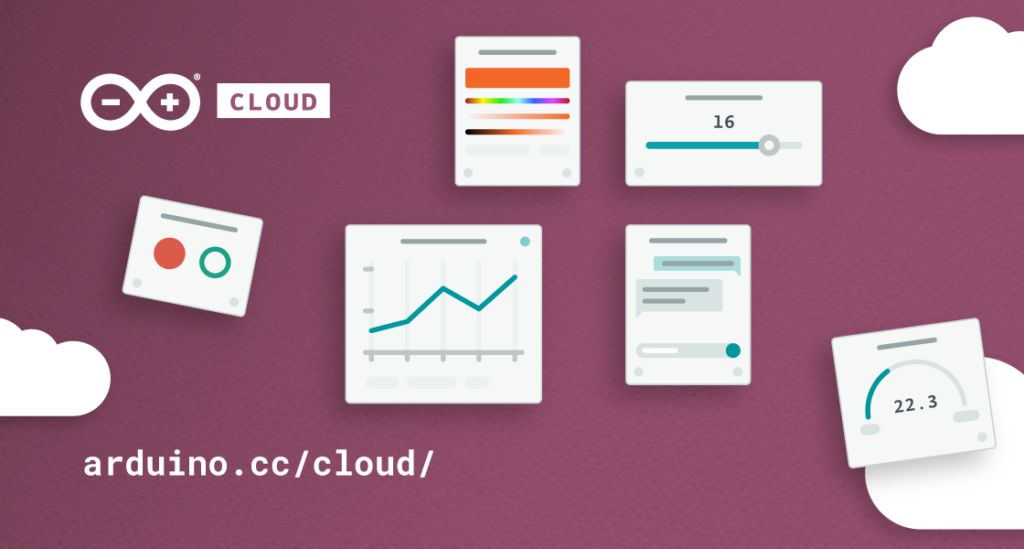Schlagwort: widgets
-

Introducing the new Value Selector and Dropdown Widgets for Arduino IoT Cloud dashboards
Reading Time: 4 minutesWe’re excited to announce the release of two new widgets to the Arduino IoT Cloud: the Value Selector and Value Dropdown Widgets. In this blog post, we’ll be exploring the benefits of the new widgets, how to use them, and how you can take advantage of this latest feature. The Arduino IoT…
-

Arduino Cloud widgets and data downloads get a design overhaul
Reading Time: 3 minutesArduino Cloud’s dashboards and widgets are some of its most popular features. It’s what turns the Cloud into your ultimate control center for all kinds of projects, from home automation to industrial monitoring. We’re constantly looking for ways to improve the user experience, and we’ve just rolled out some small, but very…

